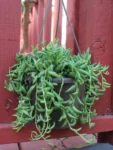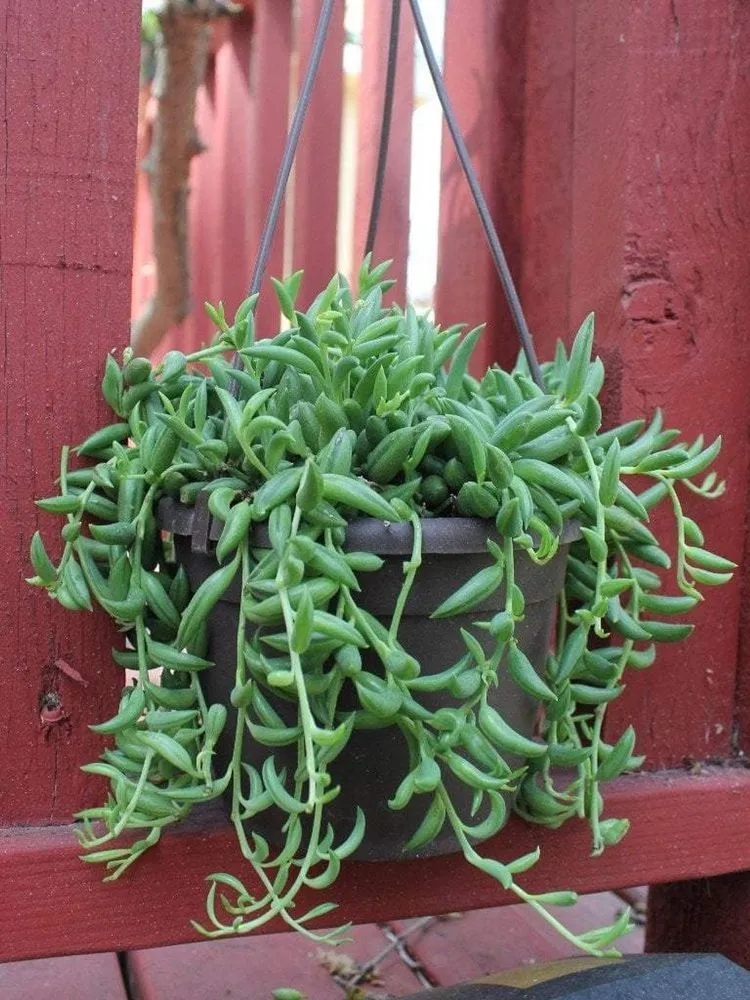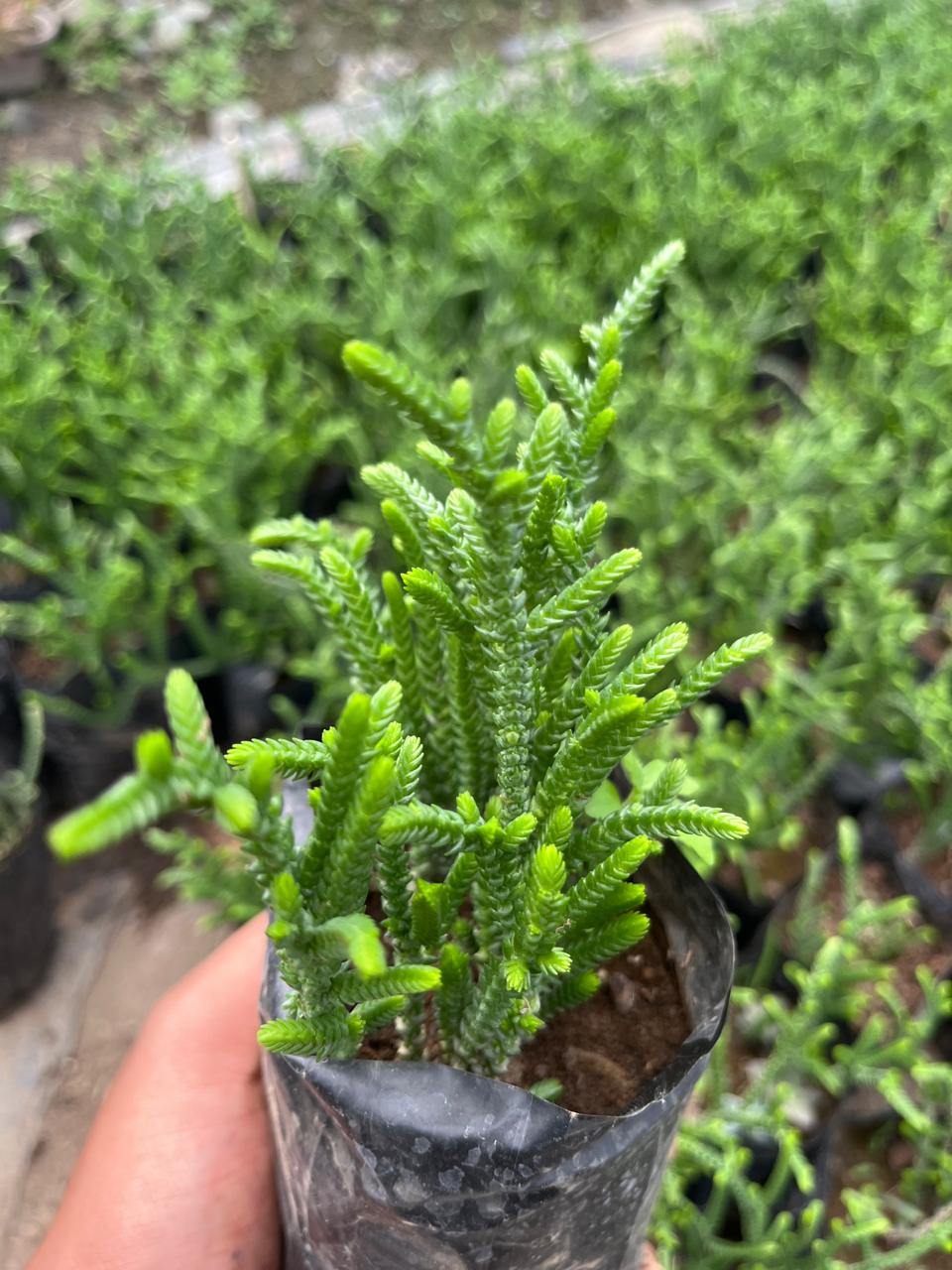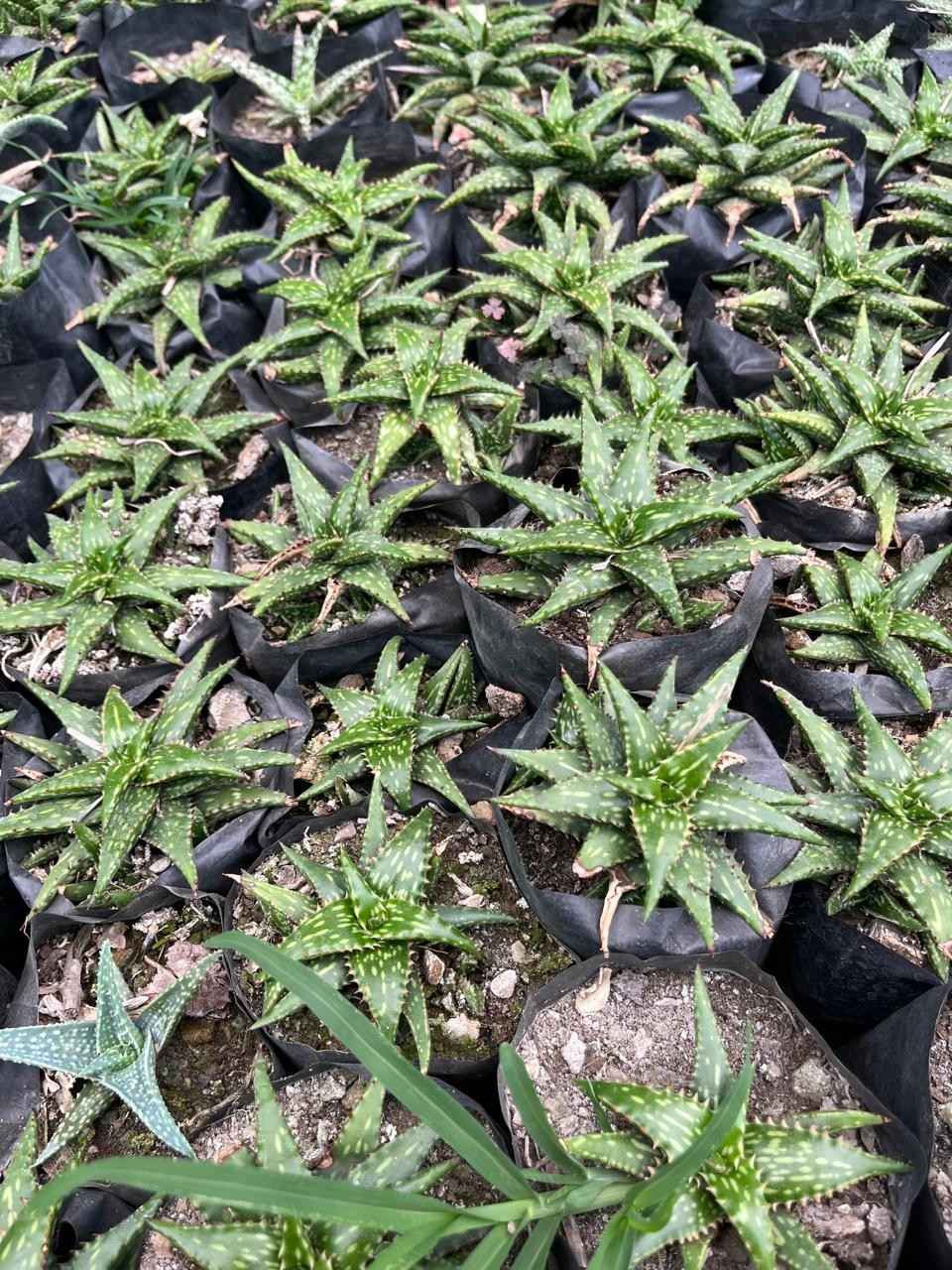String of Tears
Original price was: ₹89.₹29Current price is: ₹29.
... people are viewing this right now
Description
- Dispatch in 2-3 days
- Country of origin: India
- It’s Compulsory to make an unboxing video of the parcel for refunds within 24 hours.
- Bare Rooted
String of Tears (Senecio herreianus), also known as String of Beads or String of Raindrops, is a beautiful and delicate trailing succulent. This plant is closely related to the more commonly known String of Pearls (Senecio rowleyanus), but its leaves are more teardrop-shaped, giving it a unique appearance. Native to South Africa, the String of Tears is a popular choice for hanging baskets, where its cascading vines can be displayed to full effect.
Key Characteristics:
- Leaves: The leaves of the String of Tears are small, fleshy, and teardrop-shaped, with a translucent “window” on one side that helps the plant photosynthesize. The leaves are usually a vibrant green but can take on a slightly purple or reddish hue when exposed to bright light.
- Growth Habit: This plant has a trailing growth habit, with slender stems that can grow several feet long. The vines produce clusters of leaves along their length, creating a dense, cascading effect when grown in a hanging basket.
- Flowers: The String of Tears occasionally produces small, white, daisy-like flowers with a cinnamon scent. The flowers usually appear in the summer and add a charming touch to the plant’s appearance.
Care Tips for String of Tears (Senecio herreianus):
- Light:
- String of Tears thrives in bright, indirect light. It can tolerate some direct sunlight, especially in the morning or late afternoon, but too much intense sun can scorch the leaves. If grown indoors, place it near a bright window with filtered light. Insufficient light can cause the plant to become leggy and lose its compact form.
- Watering:
- Water the plant sparingly, allowing the soil to dry out completely between waterings. The String of Tears is drought-tolerant and does not require frequent watering. Overwatering can lead to root rot, so it’s important to let the soil dry out before watering again. During the growing season (spring and summer), water regularly, but reduce watering in the fall and winter when the plant’s growth slows down.
- Soil:
- Use a well-draining cactus or succulent soil mix. Adding perlite, pumice, or coarse sand to the soil can improve drainage and prevent water from pooling around the roots. Proper drainage is crucial to prevent root rot.
- Temperature:
- String of Tears prefers temperatures between 65-80°F (18-27°C) during the growing season. It can tolerate cooler temperatures down to around 50°F (10°C) but should be protected from frost. If grown outdoors in cooler climates, bring it indoors when temperatures start to drop.
- Fertilizing:
- Fertilize the plant once a month during the growing season with a diluted, balanced fertilizer formulated for succulents. Avoid fertilizing during the winter months when the plant’s growth slows down.
- Propagation:
- The String of Tears is easy to propagate from stem cuttings. To propagate, take a cutting of about 4-6 inches from a healthy stem, remove the bottom few leaves, and place the cutting on top of well-draining soil. Keep the soil slightly moist until the cutting develops roots, which usually takes a few weeks.
- Pests and Diseases:
- This plant is generally resistant to pests but can occasionally attract mealybugs or aphids. Regularly inspect the plant and treat any infestations with insecticidal soap or neem oil. Be cautious of overwatering, which can lead to root rot and other fungal issues.



























Reviews
There are no reviews yet.